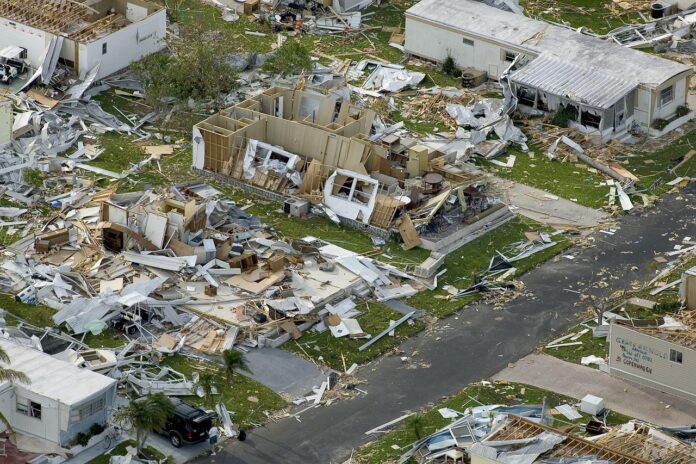Natural disasters, such as earthquakes and hurricanes, can have devastating effects on communities and infrastructure. The ability to accurately predict and effectively manage these disasters is crucial for minimizing their impact and saving lives. Artificial intelligence (AI) has emerged as a powerful tool in disaster prediction and management. It is offering new possibilities for early warning systems, evacuation planning, resource allocation, and post-disaster recovery. In this article, we will explore the role of AI in predicting and managing natural disasters and discuss its potential for building more resilient communities.
Predicting Natural Disasters with AI:
The prediction of natural disasters involves analyzing large data sets. And AI is able to leverage advanced algorithms to analyze those data sets better than traditional algorithms. Thus identify patterns and indicators to help predict natural disasters before they happen. Real-time data from various sources, including sensors, satellites, and social media, are collected and analyzed. Through data preprocessing and cleaning, AI systems can extract meaningful information and identify anomalies. Machine learning algorithms, such as supervised and unsupervised learning, are employed to develop predictive models. For example, earthquake prediction models can analyze seismic activity and geological data to forecast potential seismic events. Similarly, AI algorithms can track hurricanes and predict their intensity based on historical weather patterns.
Managing Natural Disasters with AI:
AI plays a crucial role in managing natural disasters through a plethora of things. But primarily by enabling early warning systems, facilitating evacuation planning, optimizing resource allocation, and aiding in post-disaster recovery. Early warning systems powered by AI can detect early signs of impending disasters. AI is able to detect anomalies such as abnormal seismic activity or changes in atmospheric conditions. Thereby allowing authorities to issue timely alerts and initiate evacuation procedures. AI-based decision support systems help optimize evacuation routes by analyzing large data sets. And considering factors such as population density, transportation infrastructure, and potential hazards. During disaster response, AI algorithms assist in resource allocation, ensuring that emergency services, supplies, and personnel are distributed efficiently. Additionally, AI-driven damage assessment and mapping provide valuable insights for post-disaster recovery and reconstruction efforts. AI-powered autonomous drones can be used to supply essential supplies to areas unreachable by roads.
Challenges and Limitations:
While AI shows immense potential in disaster prediction and management, there are challenges to overcome. Data quality and availability pose significant obstacles, as accurate and comprehensive data are essential for accurate predictions. The uncertainty and complexity of natural disasters make it challenging to develop precise models, requiring ongoing research and improvement. Ethical considerations and biases in AI algorithms also need to be addressed, to ensure that decision-making processes are fair and inclusive. Furthermore, integrating AI systems with existing infrastructure and systems may require substantial effort and coordination. AI is predicted to become arguably the most powerful technology, but it is still in its infancy at the moment and needs further development to become suited for real-world use.
Future Perspectives:
Looking ahead, advancements in AI technology hold promise for further enhancing disaster resilience and mitigation. Continued research and collaboration among researchers, organizations, and governments are crucial for developing more accurate predictive models and sharing data. The potential societal impact of AI in reducing the impact of natural disasters is significant. As AI can empower communities with valuable information and tools to better prepare and respond to disasters. In recent years, several advancements have been made the field of AI-powered autonomous vehicles from self-driving cars to autonomous drones.
Conclusion:
Artificial intelligence is revolutionizing the field of natural disaster prediction and management. By leveraging AI algorithms, we can analyze vast amounts of data, detect early warning signs, optimize evacuation processes, and allocate resources effectively. While challenges remain, such as data quality and ethical considerations, the potential of AI in building resilient communities is undeniable. By embracing AI technology and fostering collaboration, we can enhance our ability to predict, manage, and recover from natural disasters, ultimately saving lives and minimizing the devastating impact of these events.
And as always folks if you would like to read some interesting and informative articles in Hindi be sure to check out the Mojo Patrakar. Also if you liked this article be sure to check out some similar articles on GGF such as Driving into the Future: The Potential of Self-Driving Electric Vehicles in Revolutionizing Urban Transportation and Reducing Carbon Emissions.



